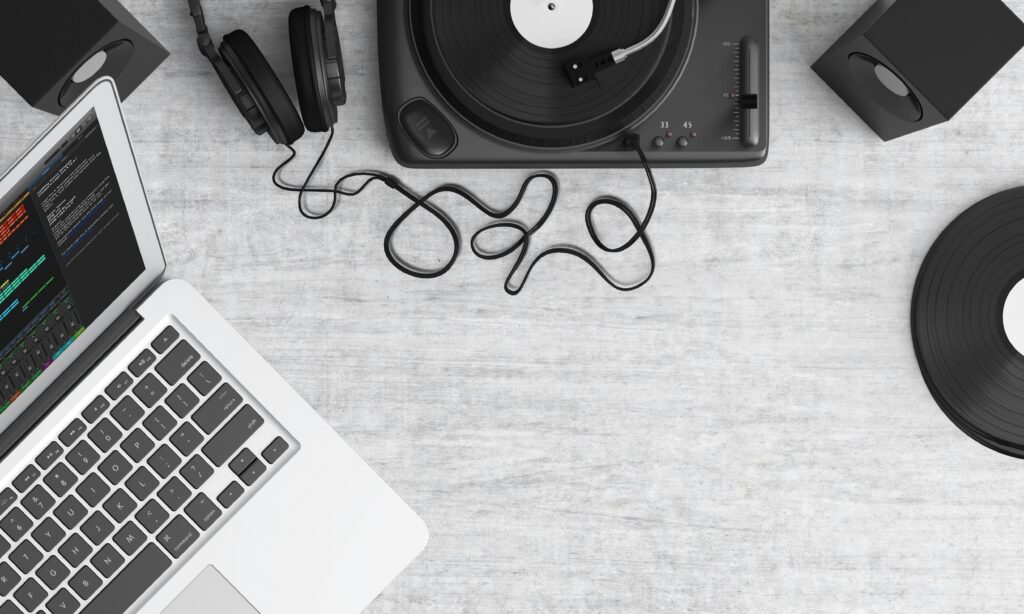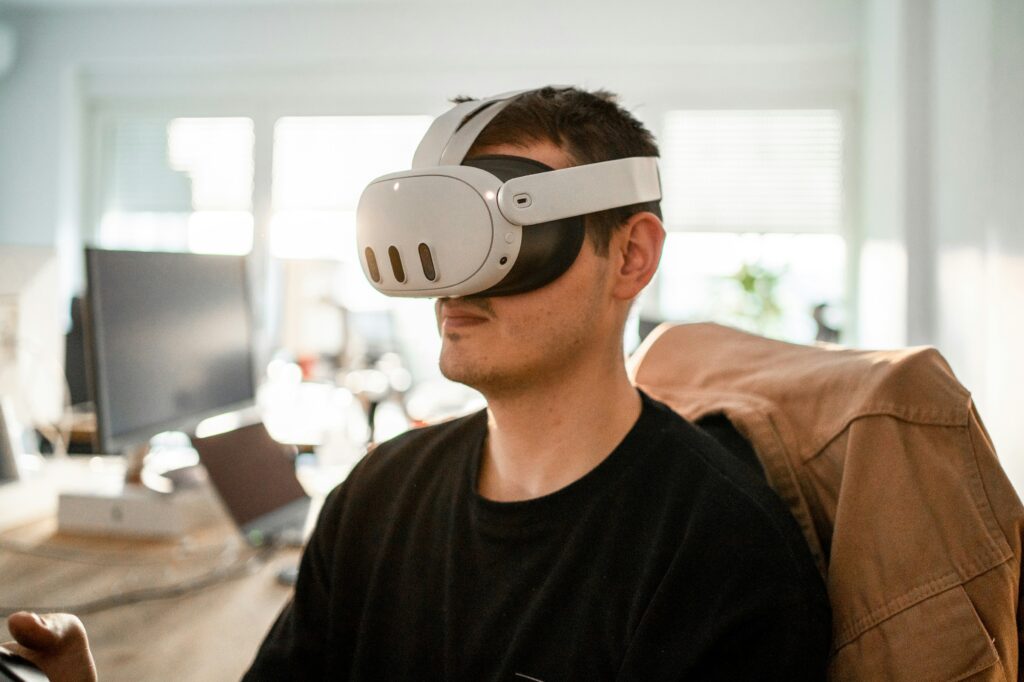When you’re building your AI music maker, one of the most fundamental decisions you’ll face is whether to use synthesized tones or sampled audio—or a blend of both. And if you’ve ever wondered why a violin played via a sampler sounds more “alive” than one from a synth, you’re not alone. The answer lies in the subtle nuances that define realism in sound.
What’s the Difference—In Simple Terms?
- Synthesizers generate sound from basic waveforms (sine, saw, square) and shape them with filters, envelopes, and modulation. They’re powerful for creating evolving textures and entirely new sounds.
- Samplers replay recorded audio—real instruments or unique soundscapes. These are compelling because they already contain the complexity of natural sound.
Per Music Stack Exchange, the rule of thumb is: “if I want ‘real’ sounding hits, I’ll use samples of real instruments”, while synths are perfect for more stylized or electronic sounds.
Why Samples Often Feel More “Real”
- Authentic Dynamics
Recordings capture natural variations in volume, attack, resonance, and human articulation—something synthesized sounds often struggle to imitate.
Stack Exchange explains that realistic instruments are hard to sample due to evolving dynamics, but with multi‑samples and round‑robin playback, you can avoid the static “machine‑gun” effect. - Unique Acoustic Character
Field recordings beautifully capture spatial reflections and noise—reverb, breath, and imperfections. These subtleties ground a sample in realism in ways synthetic emulations rarely do. - History of Samplers
Since the ’80s, samplers like the Fairlight and Akai MPC have been central to hip-hop and electronic production. They built tracks with “real” sources before morphing them into entirely new creations.
Where Synths Shine
- Infinite Modulation Possibilities
Synths offer flexible control over how a sound evolves—filters sweep dynamically, LFOs add motion, FM moves timbre in precise ways. Modern synths can deliver waveforms far beyond simple analog oscillators.
- Easier Custom Sound Design
As one forum post put it: “I could just make that sound on my own by now… instead of digging for samples”. Synths give you total creation power.
- Performance and CPU Efficiency
Synth patches stack less audio data than high-fidelity samples, making them more responsive for live tweaking and CPU-friendly during performance.
The Best of Both Worlds: Hybrid Techniques
Layering Synth + Sample
Combine the nuanced body of a sample with the expressiveness of synths. For example, a sampled piano layered with a filtered synth pad adds warmth and evolution.
Chopping + Resampling
Turn your own synth patches into samples. Use DAWs or samplers to chop and rearrange—this captures your unique sound and makes it playable in different contexts .
Physical Modeling & Granular Options
Advanced tools (e.g., AudioModeling SWAM, convolution, granular synthesis) can mimic acoustic behavior dynamically—adding realism and variety far beyond static audio snippets.
Actionable Tips to Maximize Realism
- Use multisamples and round‑robin techniques
These avoid repetition and mimic natural variation—especially critical for instruments with dynamic range like strings and winds.
- Apply modulation to samples
Subtle LFO-based pitch, filter, and amplitude modulation can breathe life into static samples.
- Layer intentionally
Allocate the low end to a warm synth bass and mid-high presence to your sampled acoustic—balancing realism and synth power.
- Capture your own samples
Carry a field recorder or mic to capture room tone, ambient texture, or acoustic quirks—it personalizes your palette.
- Blend different synthesis types
Use physical modeling or granular synths alongside samples to enhance harmonic realism and movement.
Quick Comparison Table
| Aspect | Synth | Sample | Hybrid Approach |
| Realism & nuance | Limited, requires finesse | Captures natural complexity | Best of both—sample core + synth life |
| Expressive modulation | Deep control via filters/LFOs/adsr | Basic unless mod effects added | Use synth modulation with samples |
| Creative flexibility | High—build from scratch | Limited to recorded content | Compose then resample/customize |
| CPU & performance cost | Efficient | Large memory/file size | Balanced—sample sparingly + synth patches |
Final Words
So, what makes a sound feel real? It’s not synth or sample—it’s how you combine them. The nuance of a real recording fused with expressive modulation and smart layering is where realism truly emerges. Whether you’re designing patches, chopping beats, or building your AI music maker, embracing hybrid workflows unlocks creative depth—and the most alive, organic textures.



